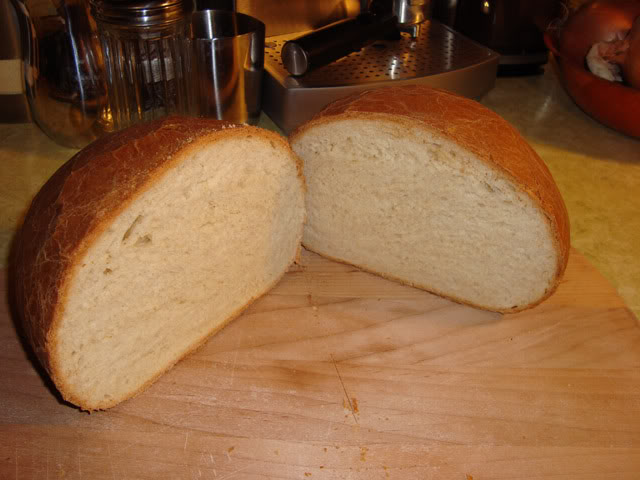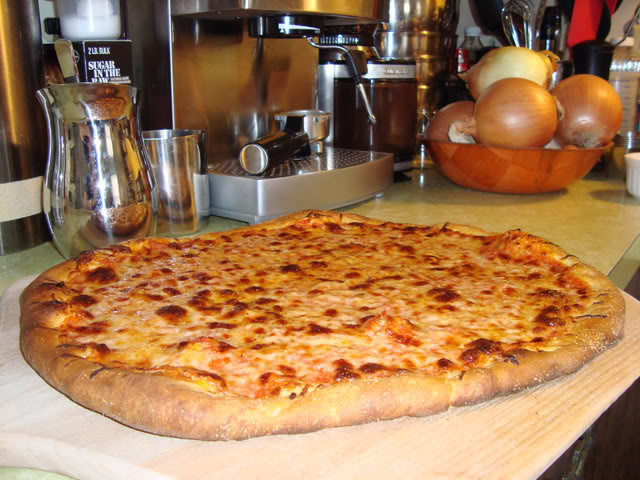cr56f
Assistant Cook
I'm new to the site. I have kneaded my whole wheat with honey sandwich bread by hand for the last 6 months. I live alone, no family, no entertaining etc. I make two loafs a week and its alright. But I am wondering if I would get a better loaf if I did it in a food possessor or a mixer to knead them with which I am thinking about buying one for that purpose. I would like a variety of points of view on if I would get better texture, rise etc with a machine. If you got an opinion and have done all three ways on which one please tell me why you like doing kneading with a possessor, mixer or by hand. Is one style better for one application or bread type over another? How many people do it by hand now of days? I wonder by not seeing it done on TV that doing it by hand is out of date these days. I could not find anything on the Internet on this subject.
Thanks in advance
“Nash”
Thanks in advance
“Nash”


